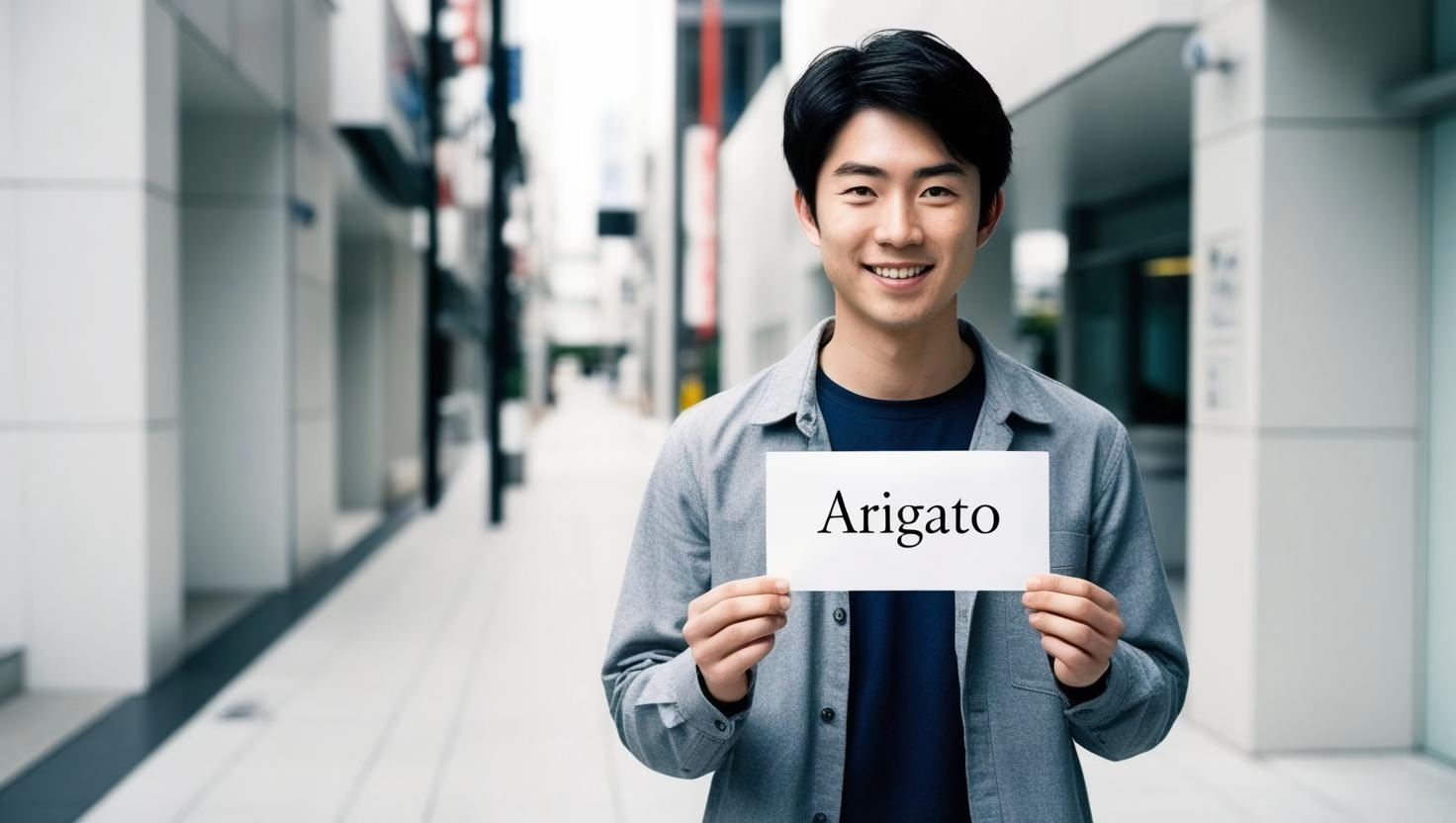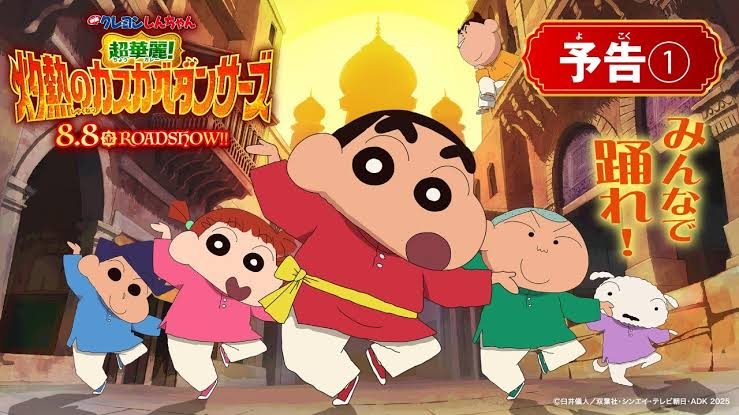Japanese has many words that are often used to refer to friends. Some of them that are often confusing for foreigners are tomodachi and nakama. Although tomodachi and nakama can be translated as "friend" in Indonesian, tomodachi and nakama actually have different meanings.
Japanese, like any other language, has a rich nuance in expressing human relationships. The word “friend” alone, in Japanese, has varying degrees of closeness and different contexts. Two words that are often confusing for Japanese learners are tomodachi (友達) and nakama (仲間). While both tomodachi and nakama translate as “friend” in English, a deeper understanding will reveal significant differences in their meaning and context of use.
Tomodachi (友達): Friends Based on Personal Relationships
Tomodachi is someone who is open and interacts with each other as equals. It means someone who can be shared with aspirations, interacted with as equals, and can be played and chatted with.
If you enjoy chatting and don't mind sharing your personal life, you can call them tomodachi. Also, since a tomodachi is someone who is your equal, you can't technically call your superior at work a tomodachi.
Tomodachi refers to friends in the most general and broad sense. It is a relationship built on personal friendship, often based on shared interests, shared experiences, or strong emotional ties. Tomodachi relationships are usually informal and built organically, not tied to formal structures like jobs or clubs. Think of childhood friends, college friends you hang out with, or friends you met through a shared hobby. All of these can be considered tomodachi.
Characteristics of tomodachi:
Personal relationships: The main focus is on personal relationships and emotional bonds between individuals.
Informal: Language use and behavior tend to be more relaxed and informal.
Similarity based: Often built on shared interests, values, or experiences.
Volunteer: This relationship is formed voluntarily, without coercion or formal obligations.
Flexible: Tomodachi relationships can develop and change over time, according to the dynamics of the relationships between individuals.
Various: Tomodachi can cover a wide range of relationships, from close friends to casual acquaintances who only meet occasionally.
Usage example:
“I often watch movies with my friends.” – I often watch movies with my friends.
"He is a friend I know well." – Say hello to the man who is just a friend of mine.
“I went on a trip with my friends yesterday.” – I'm not sure which is the best way to spend my time.

Nakama (仲間): Friends Based on Shared Goals and Activities
Nakama means a group of people who do something together. It can refer to people who have the same hobbies and habits or people with the same job.
Therefore, nakama are essentially different from tomodachi because they are people who have the same ideals and work together to do something. However, there are times when tomodachi can be obtained from nakama and nakama can be obtained between tomodachi.
Nakama, while also translated as “friends,” has a stronger connotation of shared goals and group activities. It is not just a personal friendship, but rather emphasizes a sense of togetherness and cooperation in achieving a certain goal. Think of sports teammates, members of a music club, or coworkers working together to complete a project. They are nakama.
Nakama Characteristics:
Common goals: Nakama relationships are shaped by shared goals and activities.
Collaboration: The main focus is on cooperation and mutual support in achieving these goals.
More formal (sometimes): Depending on the context, nakama relationships can be more formal than tomodachi, especially in structured work or club environments.
Group attachment: There is a strong sense of attachment to the group or team.
Shared identity: Nakama members often have a shared identity shaped by participation in group activities.
Functional relationships: Although personal friendships can develop, nakama relationships are essentially functional relationships centered on shared activities.
Usage example:
“I am studying together with my friends.” – One-on-one conversation.
“He is my colleague. We are working on a project together.” – That's when we started talking. He helped me to think about the project.
“That group of friends is a lot of fun.” – That group of friends is a lot of fun.
More Obvious Differences:
The main difference between tomodachi and nakama lies in the basis of their relationships. Tomodachi are built on personal relationships, while nakama are built on shared goals and activities. You can have nakama without being tomodachi, and vice versa. For example, you might have nakama in a sports club, but not be very close to them on a personal level outside of club activities. Conversely, you can have tomodachi who are not involved in shared activities.
In addition, nakama often have a stronger connotation of solidarity and group loyalty. There is a stronger sense of interdependence and support among nakama compared to tomodachi. This is especially evident in the context of a group facing a common challenge or difficulty.
The use of the word tomodachi is limited to people who are on good terms with each other personally. Meanwhile, nakama can be used for people who work together on a job, although they don't necessarily have to be good friends.
Conclusion
Tomodachi and nakama are two words that are essential to understanding the nuances of social relationships in Japanese. While both tomodachi and nakama translate as “friend,” they represent different types of relationships and different contexts of use. Understanding these differences will help you communicate more accurately and effectively in Japanese, as well as provide a deeper understanding of Japanese culture, which values complex, layered social relationships. By understanding these differences, you can choose the right words to describe your relationships with others, and avoid potential misunderstandings.
Although tomodachi and nakama can be translated as “friend” in Indonesian, it is important to understand the difference in usage so as not to misunderstand someone’s relationship and level of closeness in Japanese. Hopefully this article can help in understanding the difference between tomodachi and nakama in Japanese.
















